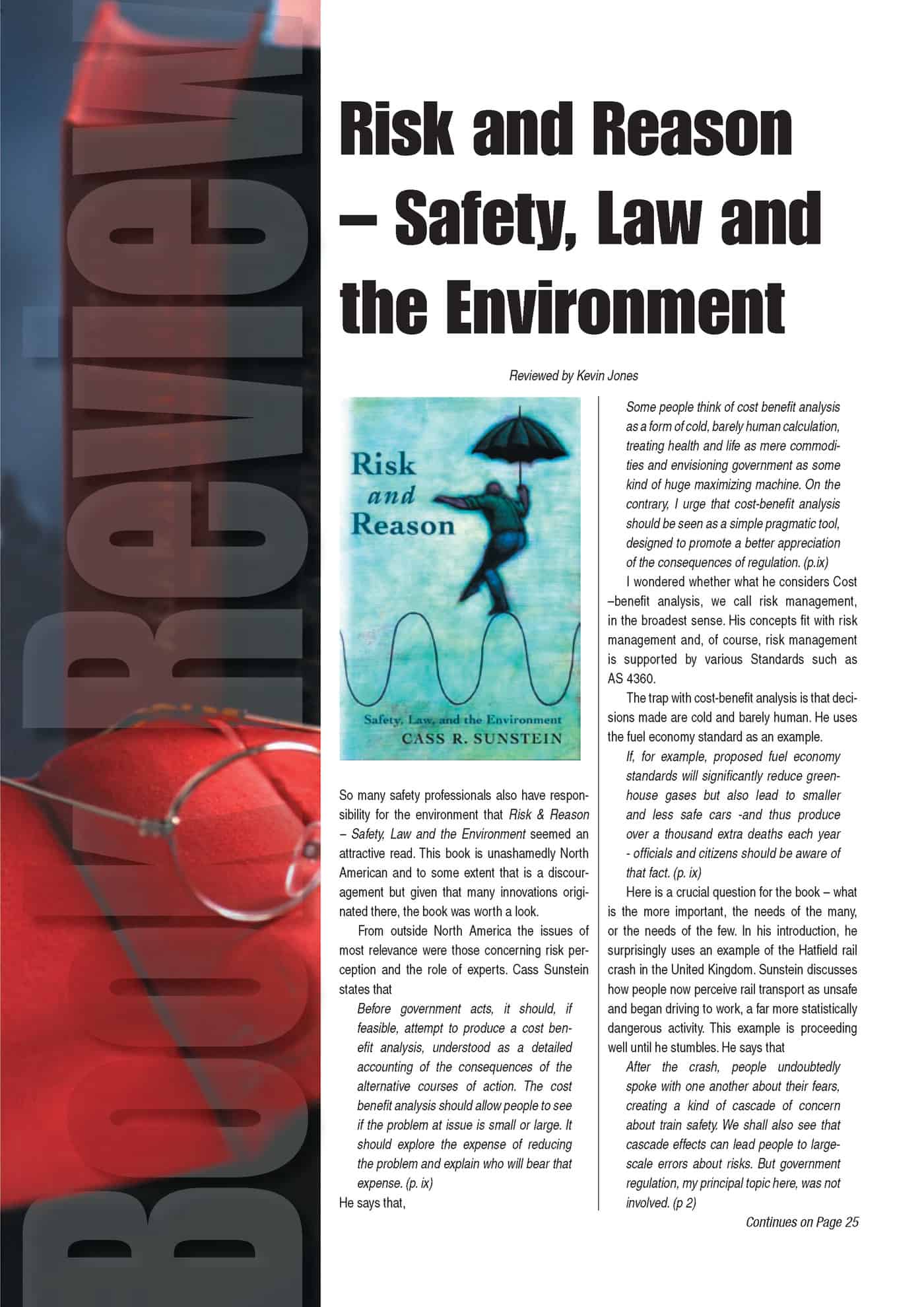RoundUp and other glyphosate products are herbicides used domestically and commercially. New evidence supports the calls by the Institute of Science in Society for a ban on the use of these products.
Scientists pinpoint how very low concentrations of the herbicide and other chemicals in Roundup formulations kill human cells, strengthening the case for phasing them out, and banning all further releases of Roundup-tolerant GM crops
Research that shows an alternate perspective is available through Monsanto’s website.
This type of opinion or science war makes it very difficult for safety professionals to determine appropriate control measures when the evidence fluctuates however, as ever, protect to the lowest common denominator and eliminate the hazard wherever possible.



